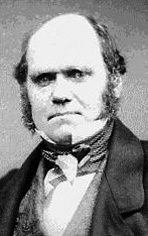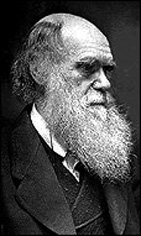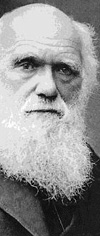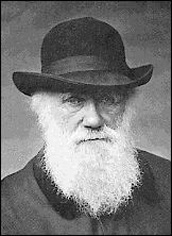

|
On a hot Chilean beach in January 1835 the twenty-four year-old Darwin picked up a conch shell covered in tiny holes, like lace which he slipped into his pocket. Under the microscope in his Beagle cabin, with one of the holes illuminated by candlelight, he saw the squatter, the tiny cream-coloured curled creature that had dug the hole. What manner of beast was it? It looked for all the world like a barnacle, but Darwin knew that, according to the zoology text books, barnacles secrete their shelly homes; they don't dig them. He teased out the creature from the base of the hole with a pin and then under the microscope examined its beautiful and complex anatomy. He checked the zoology books in the ship's library just to be sure. It was indeed a barnacle anatomically, although there were unaccountable deviations from the barnacle's archetypal norms. He didn't know it at this point, but this barnacle, soon to be nicknamed Mr Arthrobalanus, would not be finished with him for a further twenty years. This was an encounter on a beach with a creature too small to see with the naked eye that would lead to eight years of meticulous dissection and observation of every known barnacle - fossile and living - in the world and to four published volumes with hundreds of pages of analysis. (from 'Darwin and the Barnacle' by Rebecca Stott) |
|||
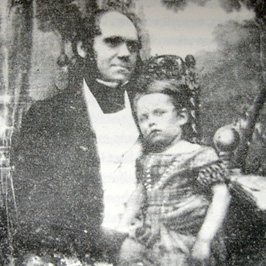

Darwin, C., Plate 23, A Monograph of the sub-class Cirripedia, with figures of all the species (Ray Society, 1854)
Descriptions of the Beagle specimens are now complete, except for one species of barnacle. Darwin was anxious to get back to work on transmutation and figured he could put together a description of this barnacle in short order. Little did he know that the study of this barnacle would explode into perhaps the most intensive research project of his life, spanning nearly eight years.
1846 November
Darwin became consumed with barnacle research, and soon had naturalists from all over the world sending him their collections to examine. He toyed with the idea of publishing a grand work on barnacles, as such a study was very much needed by the scientific community. However, there were ulterior motives for publishing such a treatise; Darwin felt that he needed to establish himself as an expert on species variations before he published his transmutation work, and the humble barnacle would do the trick.
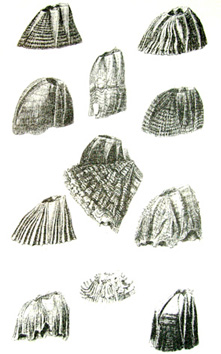
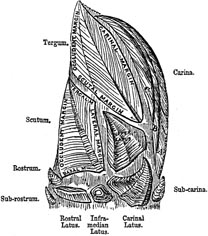
Darwin discovered a very odd barnacle in which the female of the species had microscopic male counterparts which acted as parasites attached to the female. Darwin was fascinated by this curious union. How did it come to be ?
1849 all year
Darwin continued his barnacle work and determined that the barnacle family was related to crabs and lobsters. By now he had received so many specimens from naturalists around the world that he was up to his ears in barnacles.
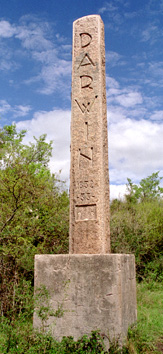
The entire year was spent on examining barnacles.
1853 November 30
Charles Darwin received the Royal Medal of the Royal Society, the highest honor the society could bestow on a scientist. The medal was awarded for his three volume work on the geology of the Beagle voyage, and for his barnacle research currently in progress. Darwin leaped for joy at this news and was very proud that his peers had come to esteem his work so highly.
1854 December 7
With his barnacle research out of the way, Darwin went back to work on transmutation.
1854 December
At last Darwin figured out how populations split off into separate species. Using the industrial revolution as a metaphor, he saw that populations of animals, like industry, expand and specialize to fit into niches with competition acting as the driving force. He saw nature as the ultimate "factory." However, Darwin preferred not to make much of this metaphor because it seemed to depend more on economic principles rather than pure science.
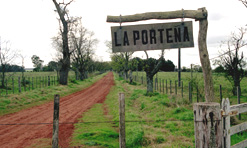

While at Ilkley Spa Darwin received an early copy of his book, "On the Origin of Species by means of Natural Selection".
The title for "Origins" went through a few changes while it was being written --
-- An Abstract of an Essay on the Origin of Species and Varieties through Natural Selection.
-- On the Origin of Species and Varieties by means of Natural Selection.
-- On the Origin of Species by means of Natural Selection.
